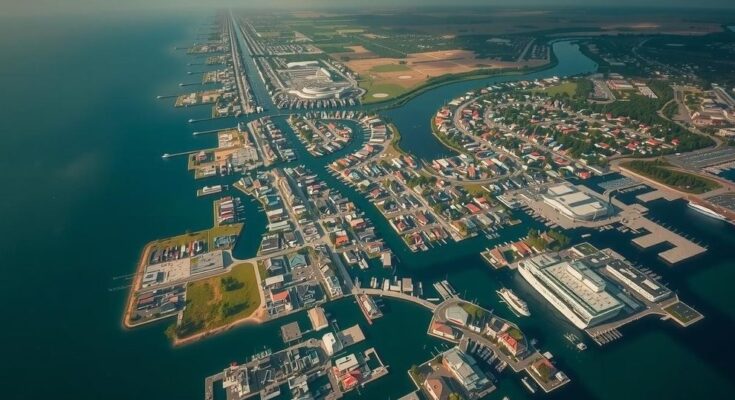Recent hurricanes serve as a chilling reminder that life-threatening effects can occur well beyond the storm’s core. Helene and Milton showcased the danger of secondary weather events like flooding and tornados. The staggering amounts of rainfall led to extensive damage, while climate change intensifies the risks associated. Communities must enhance preparedness for both immediate and far-reaching impacts of hurricanes.
Hurricanes Helene and Milton remind us that even far from the storm’s eye, danger lurks. Secondary weather phenomena, such as inland flooding and tornadoes, can have devastating effects. The recent events underscore that hurricanes can pose risks before making landfall and thousands of miles away from their centers. Helene, for example, unleashed unprecedented rain, causing at least 41 tornadoes and highlighting the need for broader awareness of a hurricane’s impact. Hurricane Helene’s reach stretched over 500 miles, devastating areas from Florida to the Southern Appalachians. Edward Clark from the NOAA’s National Water Center reported a staggering 40 trillion gallons of rain, equating to filling the Dallas Cowboys’ stadium 51,000 times. This rain fell quickly, with Augusta, Georgia, receiving four months’ worth in just two days, leading to mudslides and significant loss of life. Tornadoes spawned by hurricanes can occur, particularly in the outer rainbands. Hurricane Ivan holds the record for the most tornadoes, with 120 across nine states. Though many tornadoes linked to hurricanes are less intense, Hurricane Milton produced 26 confirmed tornadoes, some reaching EF-3 strength, exacerbating the storm’s lethality by prolonging power outages and causing significant loss of life. While tornadoes are common in Florida, they can be especially powerful during hurricanes due to intense thunderstorms in the outer bands. The rapid formation and often hidden nature of these tornadoes pose unique threats, particularly as they frequently develop with little warning in areas typically protected from such violence. Hurricane Milton’s conditions—including atmospheric instability—catalyzed a severe outbreak far from its center. Climate change has increasingly complicated the weather landscape. Research indicates that unprecedented rain and extreme winds from storms, like those from Milton, may be intensified by climate change, potentially increasing tornado activity. The importance of understanding and anticipating both primary and secondary impacts of hurricanes cannot be overstated, as meteorologists work to raise awareness within affected communities.
Hurricanes are complex weather systems that often generate secondary weather events, including destructive flooding and tornadoes. The catastrophic effects of storms like Helene and Milton demonstrate that damage can extend beyond the storm’s immediate vicinity. Communities must be prepared for the full range of impacts to build resilience against these increasingly volatile natural disasters, particularly as climate change amplifies their intensity.
In summary, Hurricanes Helene and Milton highlight the multifaceted dangers posed by these storms. Secondary impacts, such as inland flooding and tornadic activity, can cause significant devastation, often overlooked. As climate change influences storm patterns, increased awareness and preparation for these weather phenomena are vital for communities at risk, emphasizing the need for a comprehensive approach to disaster readiness.
Original Source: www.forbes.com



